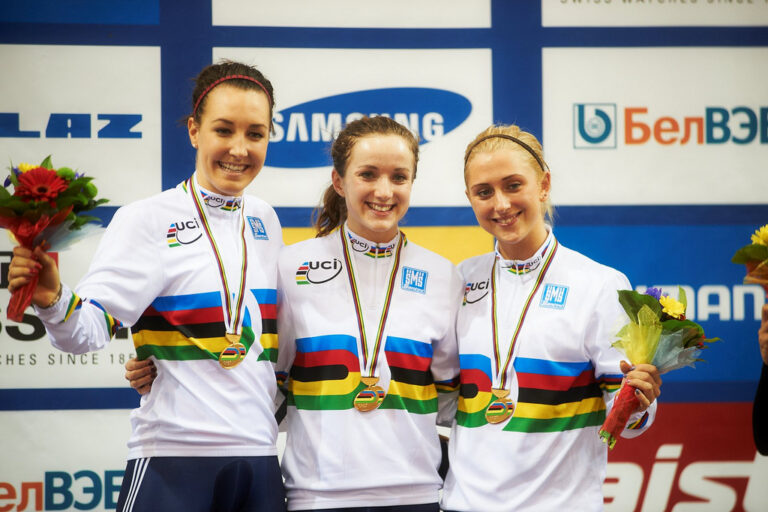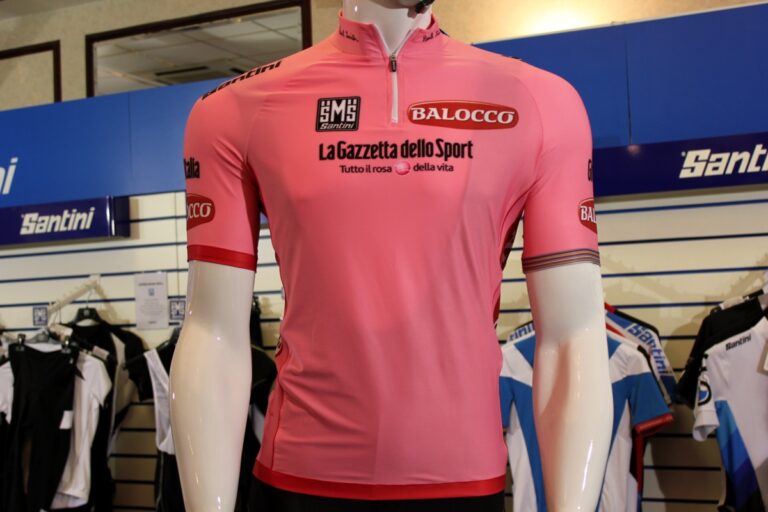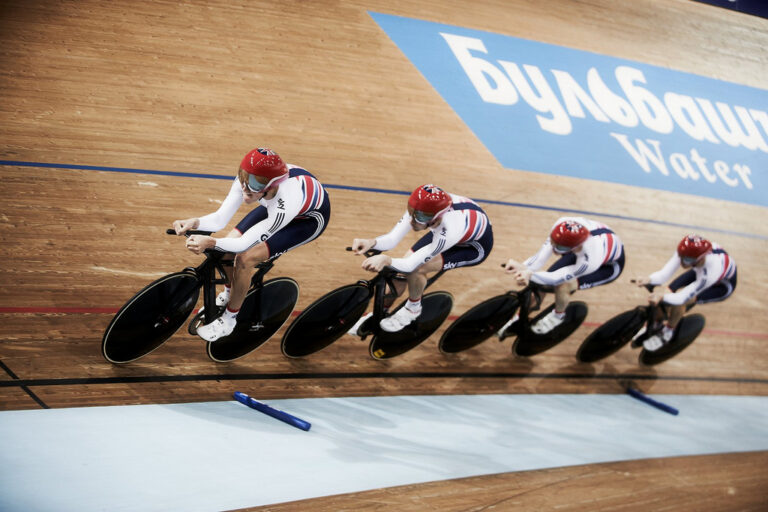The Fulcrum Racing Quattro is a wheel that has rapidly acquired the status of ubiquity at RCUK Towers.
We received advance warning of its entry to the market place from Fulcrum’s UK distributors, i-Ride, last July, and took a ‘first look’ at our test set when they arrived last November.
Since then, we’ve experienced them in the Wilier Cento 1 SR, the Bianchi Sempre Pro, and fitted a set to the RCUK winter bike. Like buses, it seems, you wait for a set of Quattros and three turn up at once.

While far removed from the exotica peddled by Mr King and Mr Smart, the Quattro is not quite a budget wheel either, and, priced at £300, might be considered as an early upgrade to the wheels typically supplied with bikes priced up to £1,000.
It’s an attractive wheelset, with a 35mm deep, aero section rim, and 16 bladed spokes up front and 21 in the rear, each tipped with spoke nipples anodized in a fetching shade of red.
The majority of our testing has been completed on the set installed on the RCUK winter bike: an aluminium, ‘four-seasons’ steed, intended for steady speeds over long distances, as the season dictates.
Here, the Quattros have been wrapped in Panaracer’s RibMo 25c rubber, but despite their unflattering surroundings, have performed adequately.
The Quattro’s most immediate characteristic is its stiffness. Swooping downhill through corners, they ably resisted lateral forces, and on the short, punchy climbs that litter the 50-mile test route currently favoured, where out of the saddle efforts provide a further test of stiffness, they’ve held up well. Much of the impressive performance in this regard we believe comes from the Quattro’s combination of deep rim and straight-pull spokes.
The aluminum braking surface has been exposed to the muck and debris typical of rural roads in December and January, and has performed its limited role adequately. There’s no detectable join in the brake track, so it’s fair to assume the rim has been welded as well as pinned before machining, and, as we’d hoped, there has been no ‘snatching’.

The greatest contribution of a wheel rim to the braking mechanism is its durability and a proper assessment of the Quattro’s performance in this regard will require a longer test. We’ll feed back on its performance in further updates on the RCUK winter bike.
Elsewhere, the Quattro has already given good indications of longevity. While still early days in the life of a wheelset, the grime to which they’ve been habitually exposed has made no discernible impact on performance.
The Quattro’s greatest deficiency is its susceptibility to cross winds. The spoke bed is rounded, but lacks the breadth of those considered at the cutting edge, and can accurately be described as high-sided. Its vulnerability was exposed in the usual locations (when passing five-bar gates, gaps in hedgerows) but also more alarmingly on rapid descents where the increased turbulence affected the front wheel especially. A word here in the Quattro’s defence: your correspondent is light, and heavier riders are unlikely to suffer this effect to the same degree.
A winter bike is unlikely to expose the performance limitations of a mid-range wheelset, but lightweight carbon machines such as the Wilier Cento 1 SR and Bianchi Sempre Pro, with chassis ready to take flight when paired with appropriately light hoops, exposed the Quattro’s limitations.
Tim O’Rourke reported that the while sufficiently stiff, the Quattros failed to do justice to Wilier’s latest aero steed, and recommended that their use with the frame be confined to winter training. He experimented with tyre pressures and discovered that the Wilier’s chassis made a greater contribution to comfort than the wheels.

We’re still getting to know the Bianchi Sempre Pro, but it’s fair to say even at this early stage, that greater performance could be extracted from it with lighter wheels. We weighed the Quattros at 2,075 grams with quick releases – significantly heavier than Fulcrum’s claimed 1,710 grams.
At £300, the Fulcrum Racing Quattro represents a well-priced upgrade from those typically supplied with entry-level machines. Their stiffness is appreciable, and we’re confident, even from our limited testing, that they will prove durable. Riders already on mid-range hoops, however, will need something lighter to experience a performance gain anything more than marginal.
Price: £299.99
Website: Fulcrum Racing
UK distributor: i-Ride





